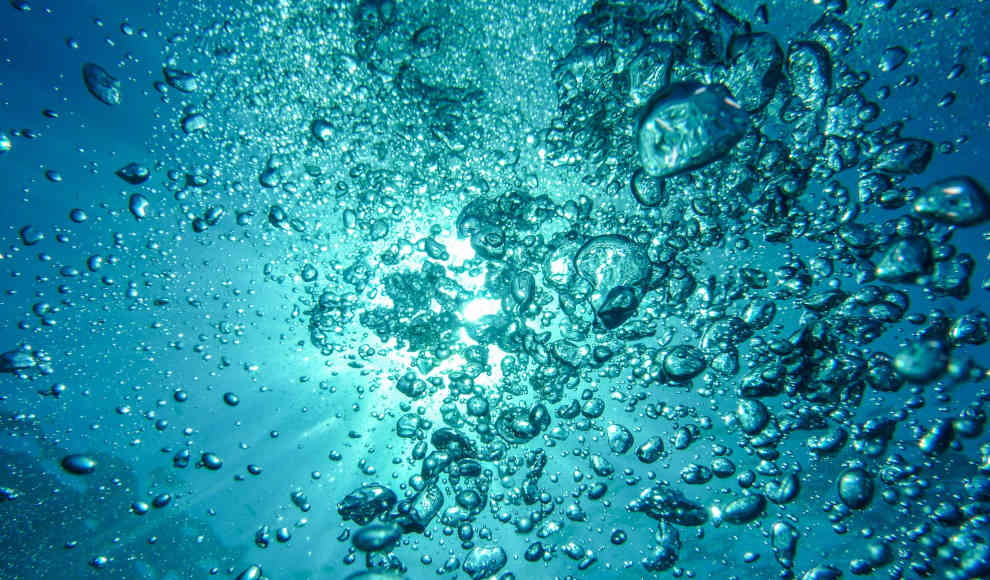The world’s oceans have absorbed 34 billion tons of CO2 between 1994 and 2007, equivalent to one-third of human-made CO2 emissions. While the oceans continue to act as a climate buffer, this absorption has led to increased acidity in the water and deteriorating living conditions for marine life. The oceans are crucial to the planet’s climate, as they help regulate temperature and influence global carbon cycles. They absorb CO2 in surface water, where the carbon concentration increases before being distributed to deeper ocean layers by currents. The deep sea is one of the most important carbon storage locations on Earth and acts as a counterbalance to human-made CO2 emissions that accelerate climate change.
Scientists at ETH Zurich have recalculated the marine CO2 sink, using data from thousands of sensors and over 50 research expeditions conducted in the past decade. Their study, published in the journal Science, shows that the world’s oceans filtered 34 billion tons of human-made CO2 emissions from the air between 1994 and 2007, averaging 2.6 gigatons per year, or 31% of human-made CO2 emissions during that period. The percentage of CO2 absorbed by the oceans remained the same compared to previous measurements, despite a significant increase in CO2 emissions. The results confirm model calculations that the ocean’s CO2 buffering capacity develops proportionally to the CO2 concentration in the atmosphere.
While the study’s findings are positive, they also reveal that the CO2 storage rate varies significantly between different ocean regions. The North Atlantic, for example, absorbed 20% less CO2 than expected due to a weakening of the North Atlantic circulation pump caused by climate fluctuations. Other regions, such as the South Atlantic, stored significantly more CO2, resulting in a globally balanced value. The study’s results show that the oceans’ CO2 sink is still functioning, but the high levels of dissolved CO2 are causing the water to become increasingly acidic, affecting marine life’s living conditions.










